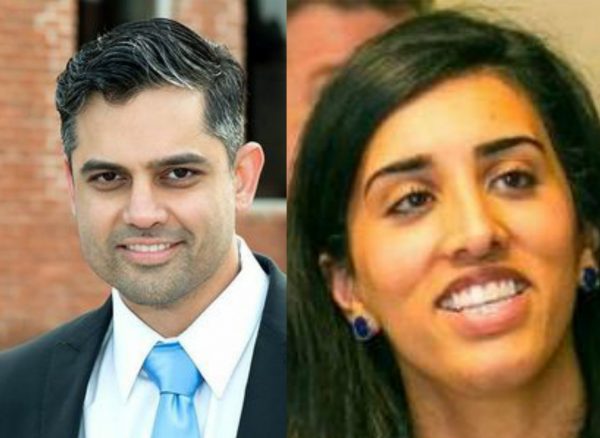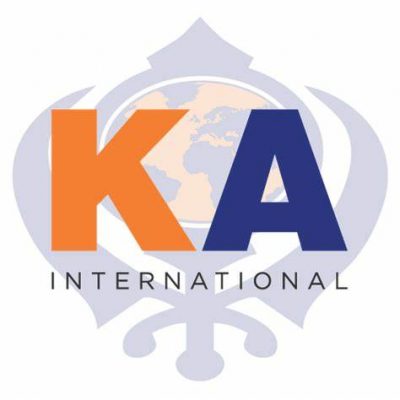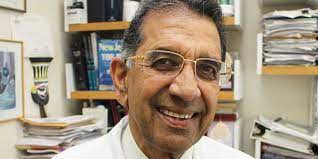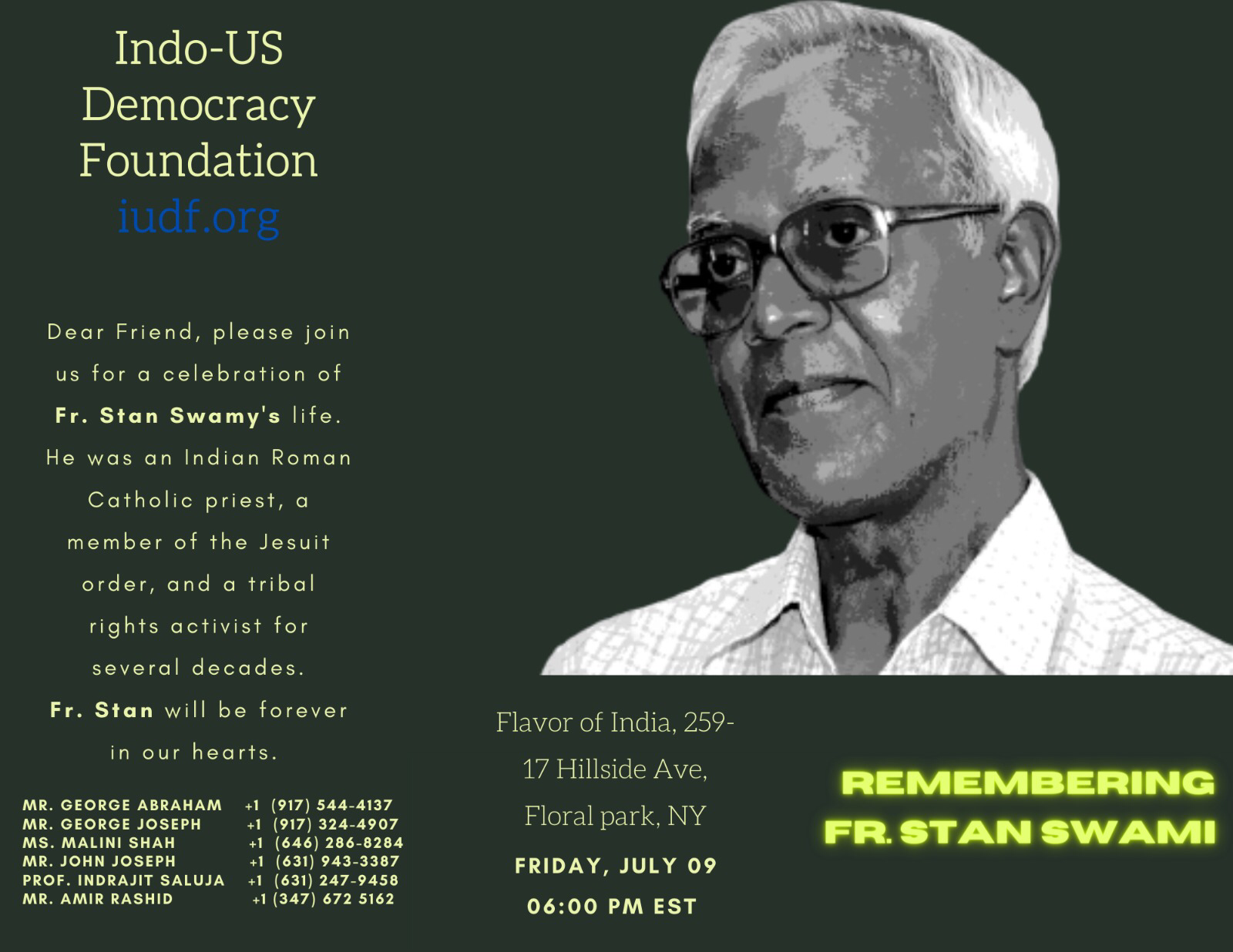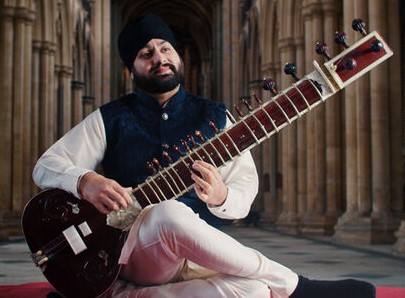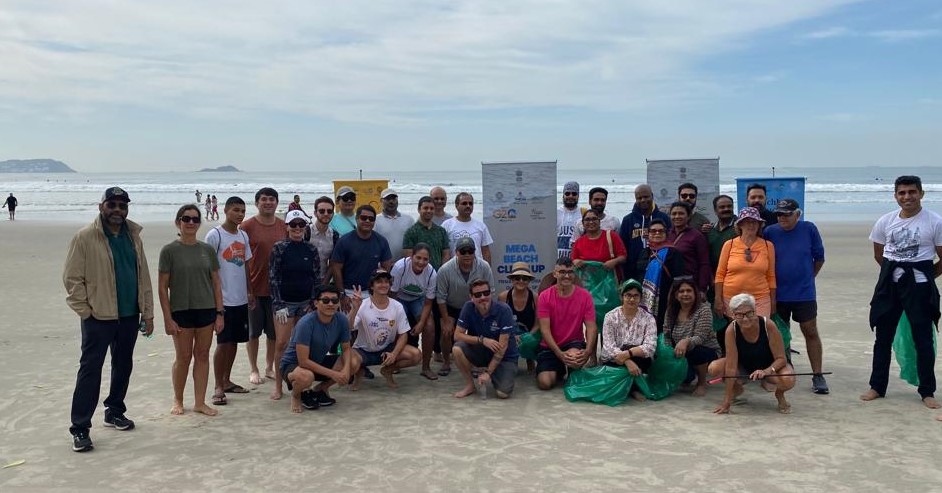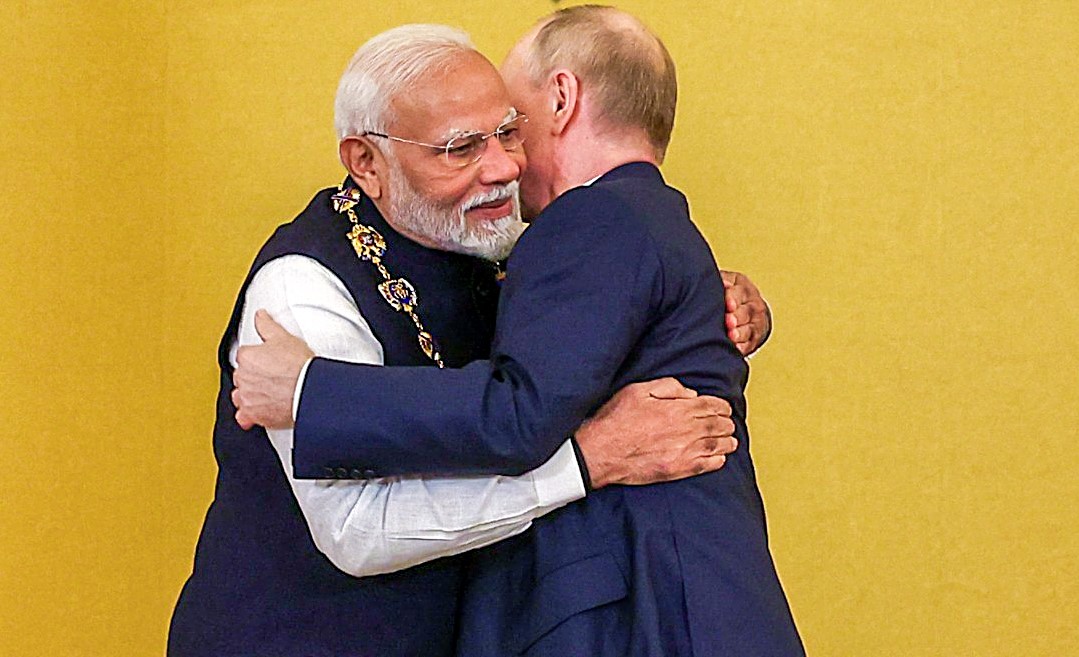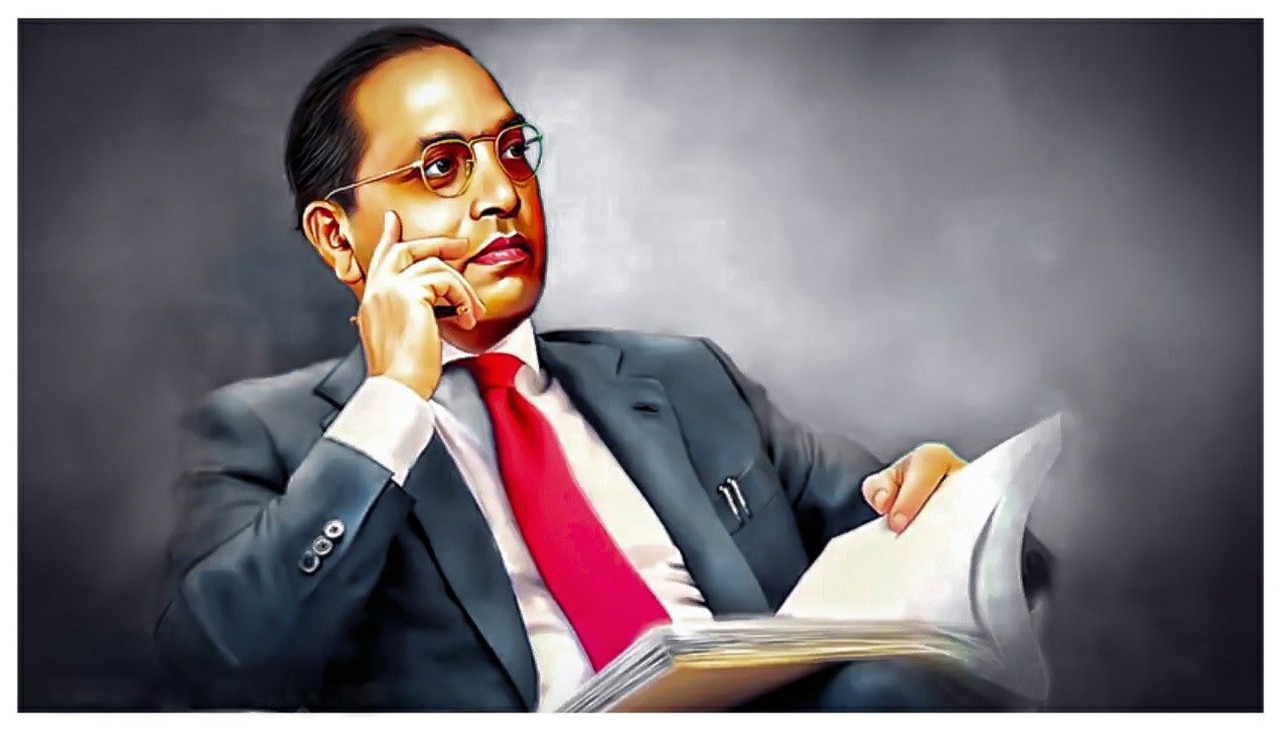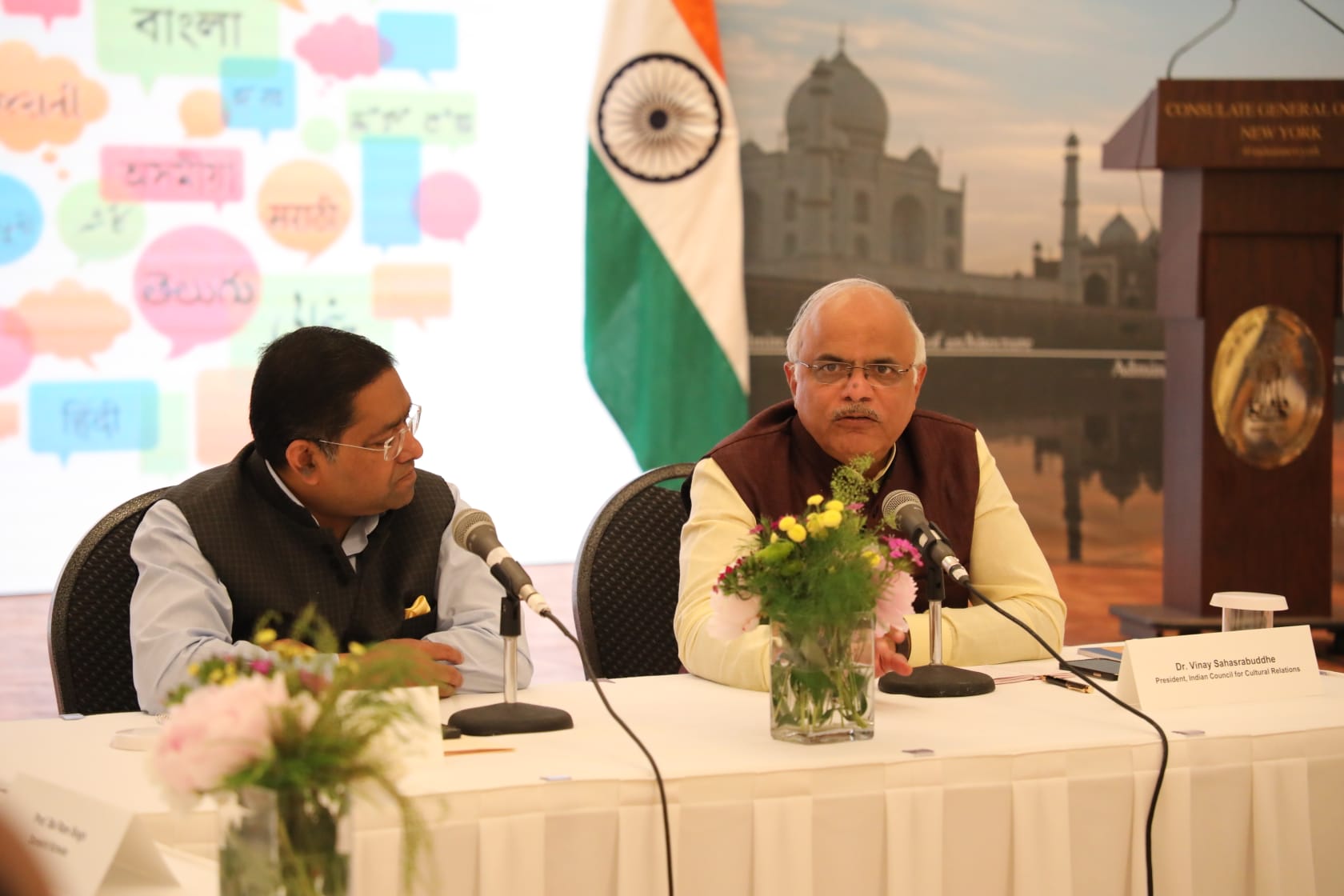The US-India partnership is on a steady upward trajectory as a result of Washington and New Delhi moving past the Cold-War differences and toward advancing Indo-Pacific synergies. How will Modi’s visit to the US boost the ties further?
Our Bureau
Washington, DC/New Delhi
Prime Minister Narendra Modi is scheduled on go on a visit to the US on June 22 following an invitation from President Joe Biden and First Lady Jill Biden. The White House recently said the visit of Prime Minister Modi to the US will be an opportunity to reaffirm the deep, close partnership between US and India. The White House Press Secretary said the visit would also strengthen US-India shared commitment to a free, open, prosperous and secure Indo-Pacific and shared resolve to evaluate strategic technology partnership, including in defense, clean energy and space.
Ahead of Prime Minister Narendra Modi’s visit, the US-India Business Council (USIBC) president Atul Keshap said the entire US is excited about the Indian leader’s visit and that both New Delhi and Washington DC can be “arsenals of democracy in the Eastern and Western hemispheres” which would ensure deterring any potential conflict.
“The whole country and city are excited and buzzing here at the chamber and USIBC and we’re buzzing about it. We’re working night and day on our own ideas summit on June 12 and 13th and also on whatever happens on the borders of the state visit. So, I think both governments are putting full effort in we’re in constant contact with both governments and I applaud them. I think they’re focusing on the important thing, and I wish them great success,” said Keshap.
“This is only the third State visit by an Indian visitor and the Indian leader to the United States in all of the history of our relationship…This is a really big deal in the way that the United States treats, honor visitors diplomatically. States visits are reserved for our closest friends,” he added.
Responding to reports that the Biden administration is set to approve a potential multi-million government-to-government deal, to permit General Electric (GE) to manufacture fighter jet engines in India during PM Modi’s June 21-24 US visit, Keshap said the two governments are working towards taking their defense and technology relationship to the next level.
India is evaluating proposals from American and French firms for its Made in India aircraft including the LCA Mark 2 and the Advanced Medium Combat Aircraft. The evaluation of the proposals from both sides is going on. The key factors for these proposals would be the extent of the transfer of technology and pricing.
The USIBC chief said, “I think a lot has been achieved over the past 20 years. If you look at the record between our two countries of how much we do together. But there’s so much more we can do to ensure a free and open Indo-Pacific. We already have our Chiefs of Defense staff now discussing things not only bilaterally, but in a Quad context. I think that’s very helpful. There’s obviously a lot of talk about potential fighter engine collaboration that may come out of this summit.”
Meanwhile, the United States Defense Secretary Lloyd J Austin III will embark on a four-nation trip including India from next week, according to an official statement released by the US Department of Defense. This visit, it said, provides an opportunity to further deepen the “US-India Major Defense Partnership as ties between the two countries enter a new and exciting chapter.”
According to US-India Strategic Partnership Forum (USISPF) statement since the seminal nuclear deal, the US-India defense cooperation has only improved over the years. The February meeting of Doval with board members of USISPF underscored US defense companies’ commitment to producing military hardware under the Government of India’s AtmanirbharBharat (Self-Reliant) initiative and, on the software side, on advanced technologies in cybersecurity and artificial intelligence (AI).

Things are moving well between the two countries in their respective capitals. In New Delhi this week, thanking External Affairs Minister S Jaishankar for a “gracious welcome”, US Ambassador to India Eric Garcetti noted that the US-India partnership offers a lot of promise. Earlier in the day, Garcetti and Jaishankar met to discuss the progress of the relationship between India-US.
Eric Garcetti also lauded Prime Minister Narendra Modi’s leadership and “transformative policies” initiated by his government and said the two countries are increasing their collaboration around critical emerging technologies. “India is in such wonderful hands. With your leadership, with the transformative policies that you and this administration are implementing together with the public sector and private sector and with that community aspect that defines everything that is part of India’s rise right now. This is the most exciting nexus in the world. The US-India relationship is where it is at,” he said.
Meanwhile in Washington DC, India’s Ambassador to the US, Taranjit Singh Sandhu on Thursday (local time) met US Congressman James Clyburn and discussed avenues to strengthen the India-US partnership in healthcare, digital, IT, and renewables.
As the United States’ concerns about China grow, India shines as a promising alternative in supply chains, innovation hubs, and joint ventures. As the world’s largest democracy with an increasingly open economy and a strong technology sector, it has the potential to operate at scale.
India is in a global sweet spot. It is now the world’s most populous country — home to more than 1.4 billion people–and has had robust economic growth for the past three decades, with GDP per capita having risen by 245 per cent, reported Harvard Business Review.
As India considers its own leadership in the world, it must look toward becoming a stronger innovator in technology with a more comprehensive capacity to move up the value chain in software and hardware. This necessitates a much closer and deeper relationship with America, both at the governmental but also at the private-sector level.
India-US bilateral relations have developed into a “global strategic partnership”, based on shared democratic values and increasing convergence of interests on bilateral, regional and global issues. The regular exchange of high-level political visits has steadily boosted bilateral relations between the two countries.
According to an article in Comparative Connections, a triannual e-Journal of bilateral relations in the Indo-Pacific, the US-India partnership is on a steady upward trajectory as a result of Washington and New Delhi making a concerted effort to move past Cold-War differences and toward advancing Indo-Pacific synergies.
Akhil Ramesh and Michael Rubin said in the article that the US-India partnership continued to expand in the four months between January and April 2023. “Defense, technology and economic cooperation grew significantly in scope. The Biden administration’s democracy summit, Quad meetings, and bilateral meetings between various divisions and departments of the US and Indian governments show there will be no lack of engagement at the highest levels of government,” they said.
“Supplementing the high-level cooperation, people-to-people ties will witness a revived enthusiasm thanks to Secretary of State Antony Blinken’s work to ease the visa backlog in consulates in India. This will allow more Indian students and professionals to travel to the US and back with ease,” they added.
The article noted that the biggest developments may not be government to government. In April 2023, Apple opened its first store in India. Apple’s entry into India reflected the effort both to establish alternatives to China’s dominance of supply chains and to gain a larger share of the market in a country that, according to the United Nations Population Fund, now has the world’s largest population.
The White House coordinator for Indo-Pacific affairs, Kurt Campbell, early in 2023, singled out India as the major US diplomatic focus for the upcoming year. Speaking at an event, he said, “Our interests are to see India playing an ever larger, responsible role in almost everything that we’re doing.” To that end, the first four months of 2023 were a great start, the article said.
In late April, the US National Security Advisor Jake Sullivan, speaking to a packed audience at Brookings Institution, clarified the administration’s agenda of creating new economic and trade coalitions and the risk of isolating traditional allies and partners.
This paradigm shift in the conceptualization of economic policy in Washington DC, wherein trade policy and national security policymaking intersect at varying points to influence each other, “has support among historically protectionist traders such as India”.
The “New Washington Consensus,” as some analysts have described it, resonates in New Delhi, said Ramesh and Rubin.
With President Biden hosting Prime Minister Modi at the White House this month, the US-India strategic partnership is bound to move to the next level.


















